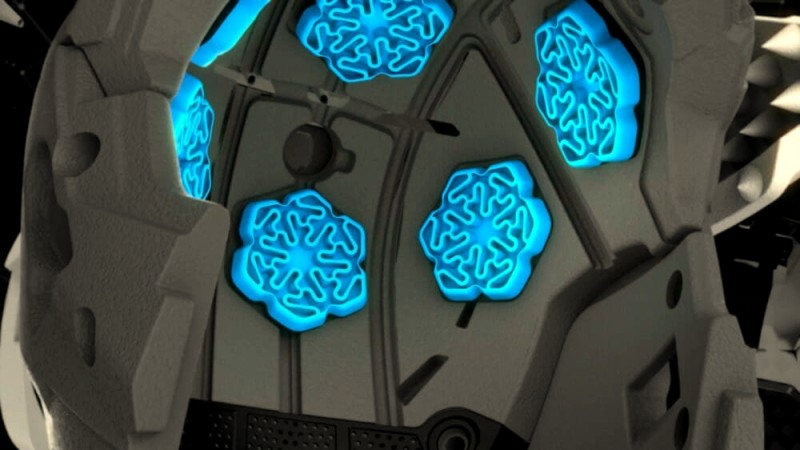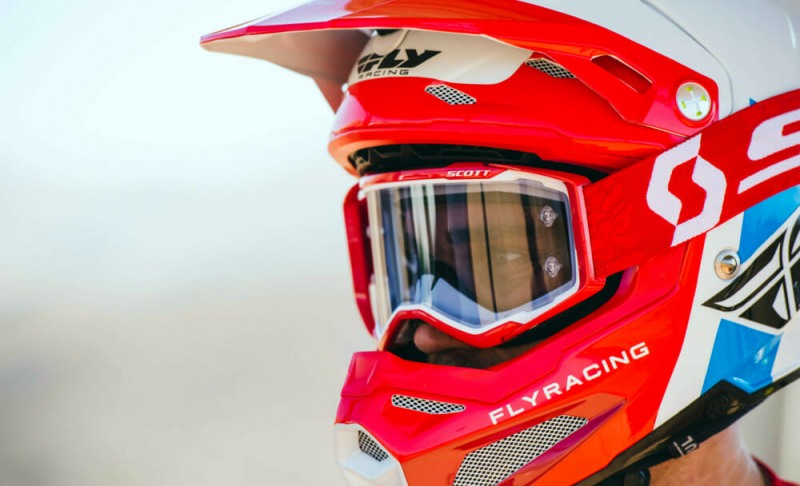ATV Industry Facts: Did You Know?
We’re here in 2019 and the sad reality is many of us are using some pretty outdated technology in our helmets. The idea of foam and Styrofoam used in impact absorption has been proven time and again but some helmet developers say we live in a time where much more advanced and effective options exist.
FLY Racing has been at the forefront of such developments and they’ve recently unveiled their all-new Formula helmet as a showcase of what’s possible.
At it’s core are Impact Energy Cells were engineered by the FLY Racing design team specifically for the Formula. The seven strategically-placed cells in the EPS liner are designed to feel natural inside the helmet, resulting in a seamless fit for the rider. Their unique shape and maze-like structure allow the Impact Energy Cells to compress and shear. Each cell can either compress during a linear impact or shear during a rotational impact. This slight movement maximizes absorption of low speed linear and rotational impacts reducing overall brain stress.

These energy cells are made of RHEON, an “active” strain-rate sensitive material that efficiently absorbs and dissipates energy as it deforms. Invented by Dr. Dan Plant, a mechanical and industrial design engineering expert based at the Imperial College of London, RHEON’s adaptive chemistry reacts instinctively to control energy and change its behavior depending on the severity or direction of an impact. Essentially, the RHEON Impact Energy Cells maximize absorption of low speed linear and rotational impacts.
Like a crumple zone, Conehead technology absorbs and dissipates impact forces more effectively than traditional EPS helmet liners. Created by physicist Don Morgan, Conehead technology uses cone shapes to pair a firm density EPS with a much lower density EPS. The result is more progressive energy absorption through a broader range of impact scenarios.

The Formula has six critical zones of Conehead EPS. Each zone has a uniquely fine-tuned combination of EPS densities to manage impacts specific to that region of the helmet. These specific multi-density EPS zones produce a much more progressive response to low speed and high-speed impacts.
The Formula’s first line of defense is an extremely strong and lightweight 12K carbon-fiber shell. 12K carbon-fiber refers to 12,000 carbon filaments per band. Carbon fiber is strongest when it is flat. Wider carbon fiber bands woven together produce a flatter result with less dips and rises inherent in a woven material. The reduction of these dips and rises creates less areas for resin to pool. Less resin equals less weight. The result is an extremely lightweight shell with superior penetration resistance to common 3K carbon fiber.

Mounted on the front of the helmet is a durable yet flexible fracture resistant nylon visor. FLY’s own proprietary Control Release System secures the visor to the helmet but will allow it to release under certain types of impacts.
Of course cuttign edge protection is rarely cheap and the Formula is no exception. It retails for $649.95.

